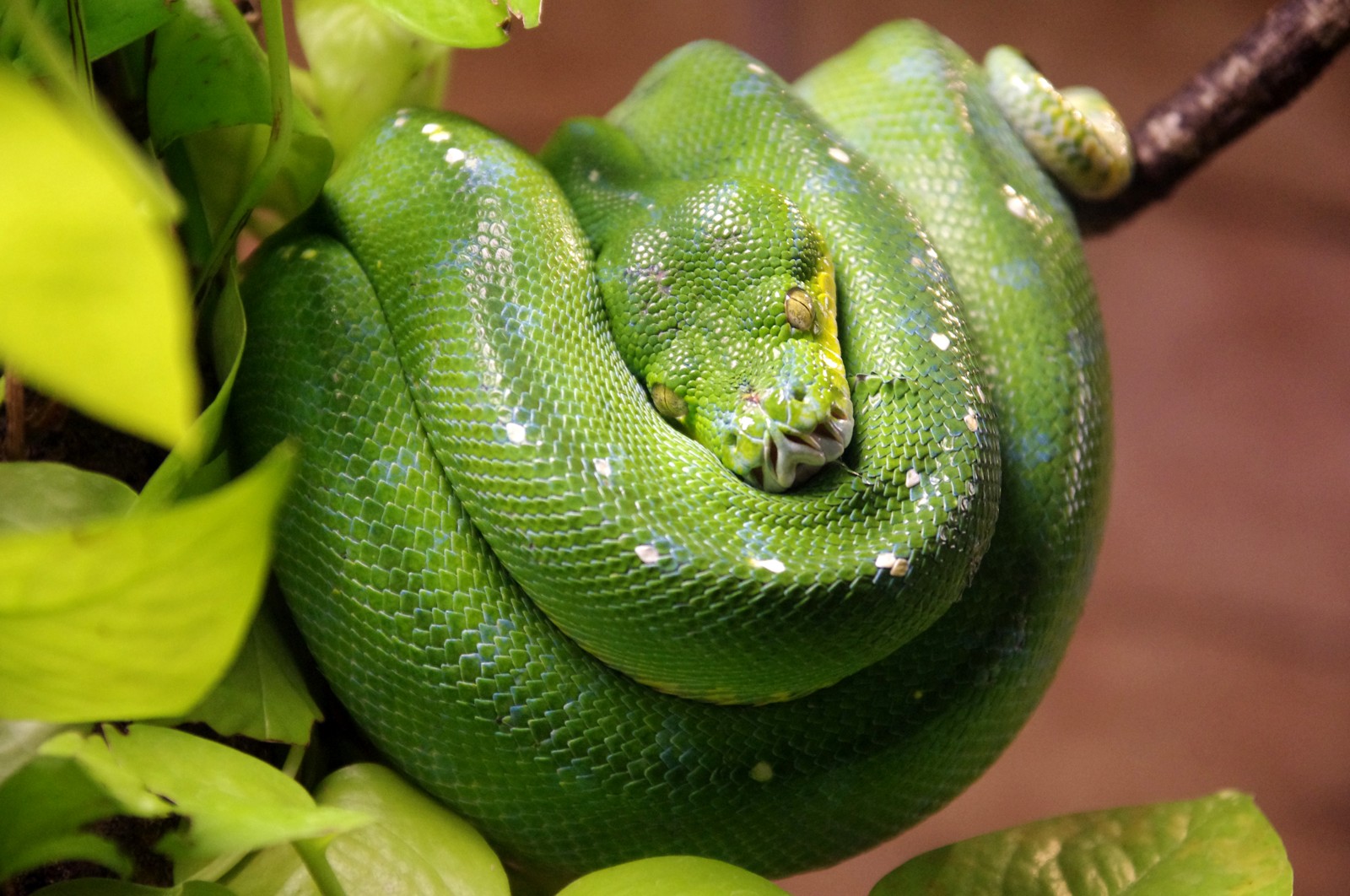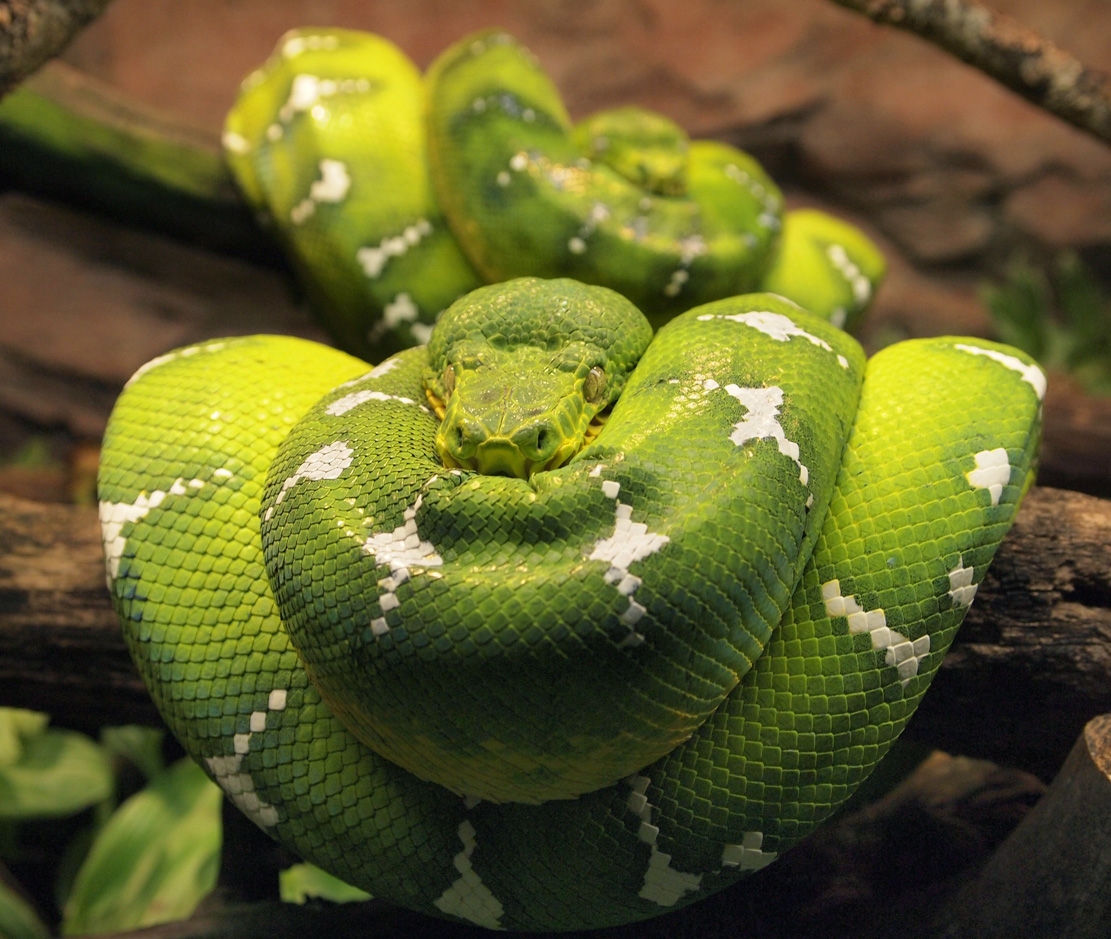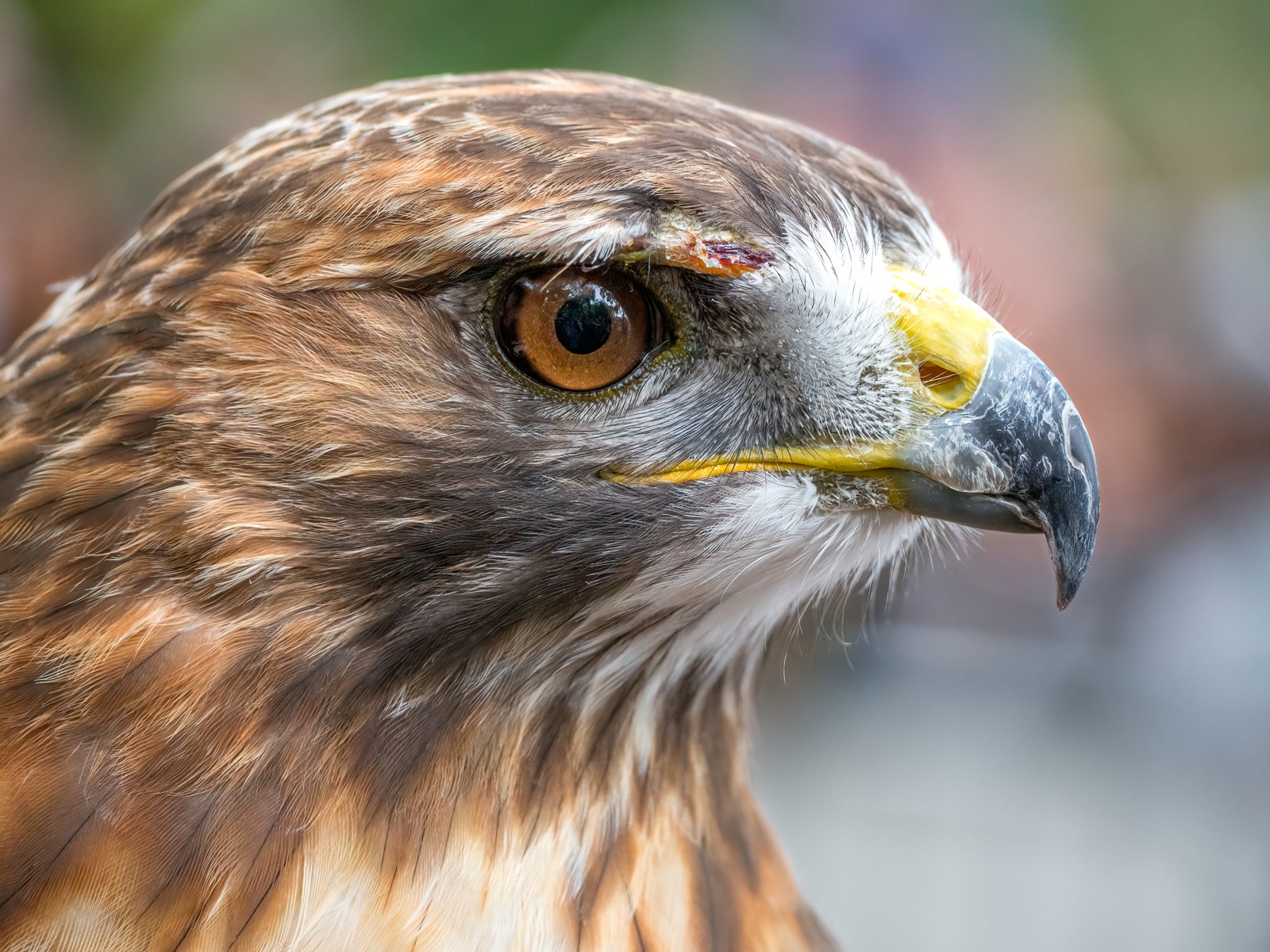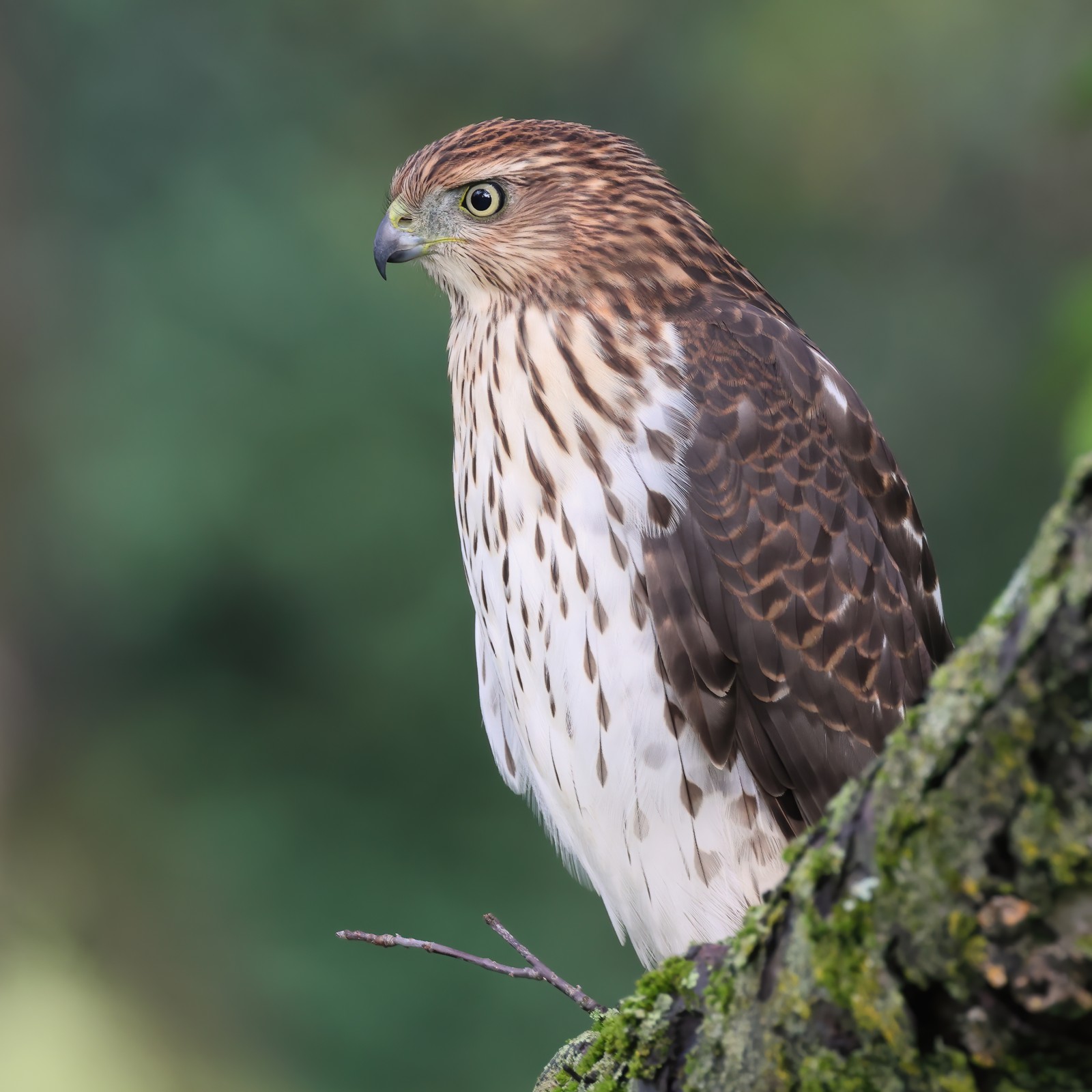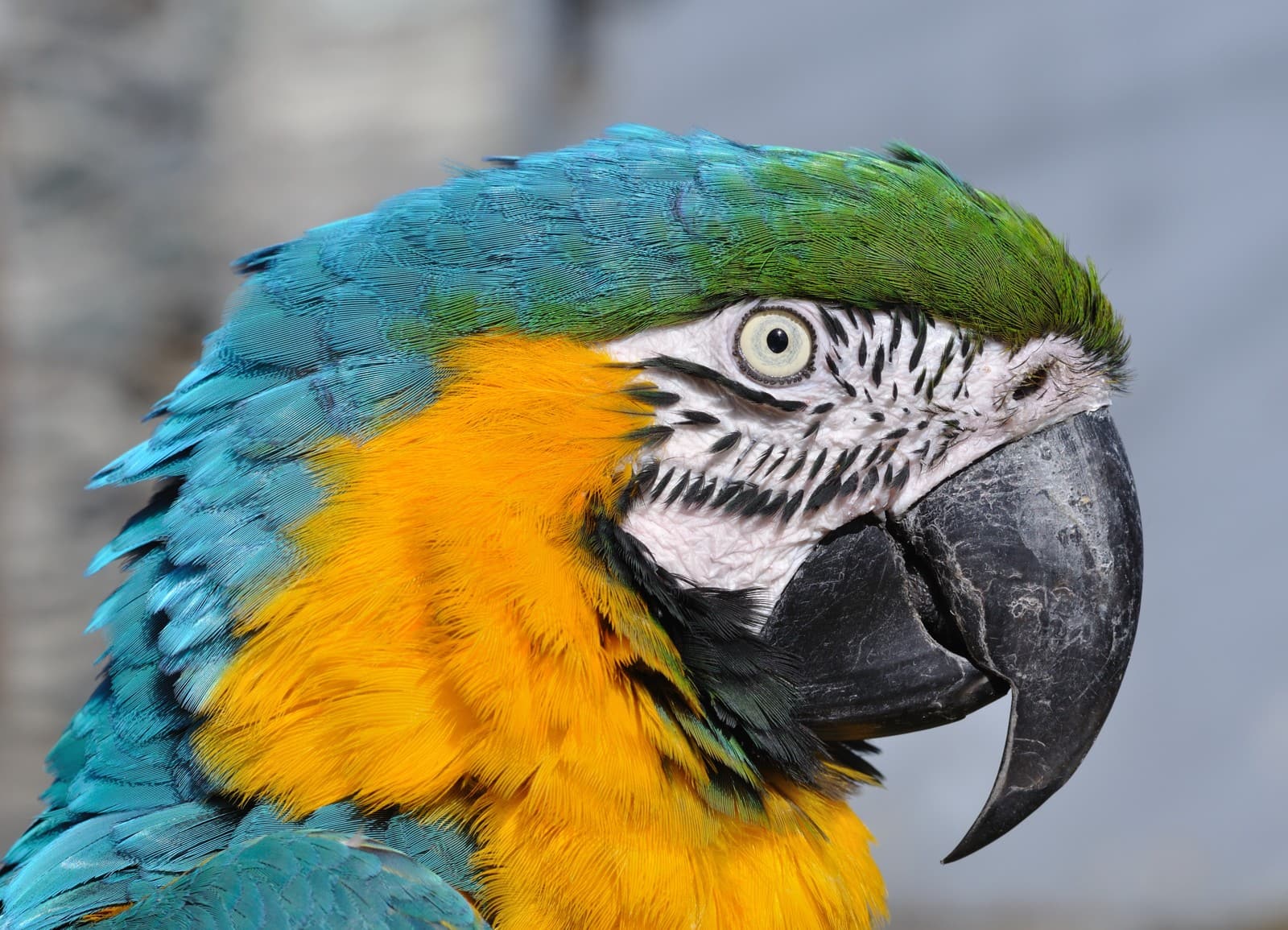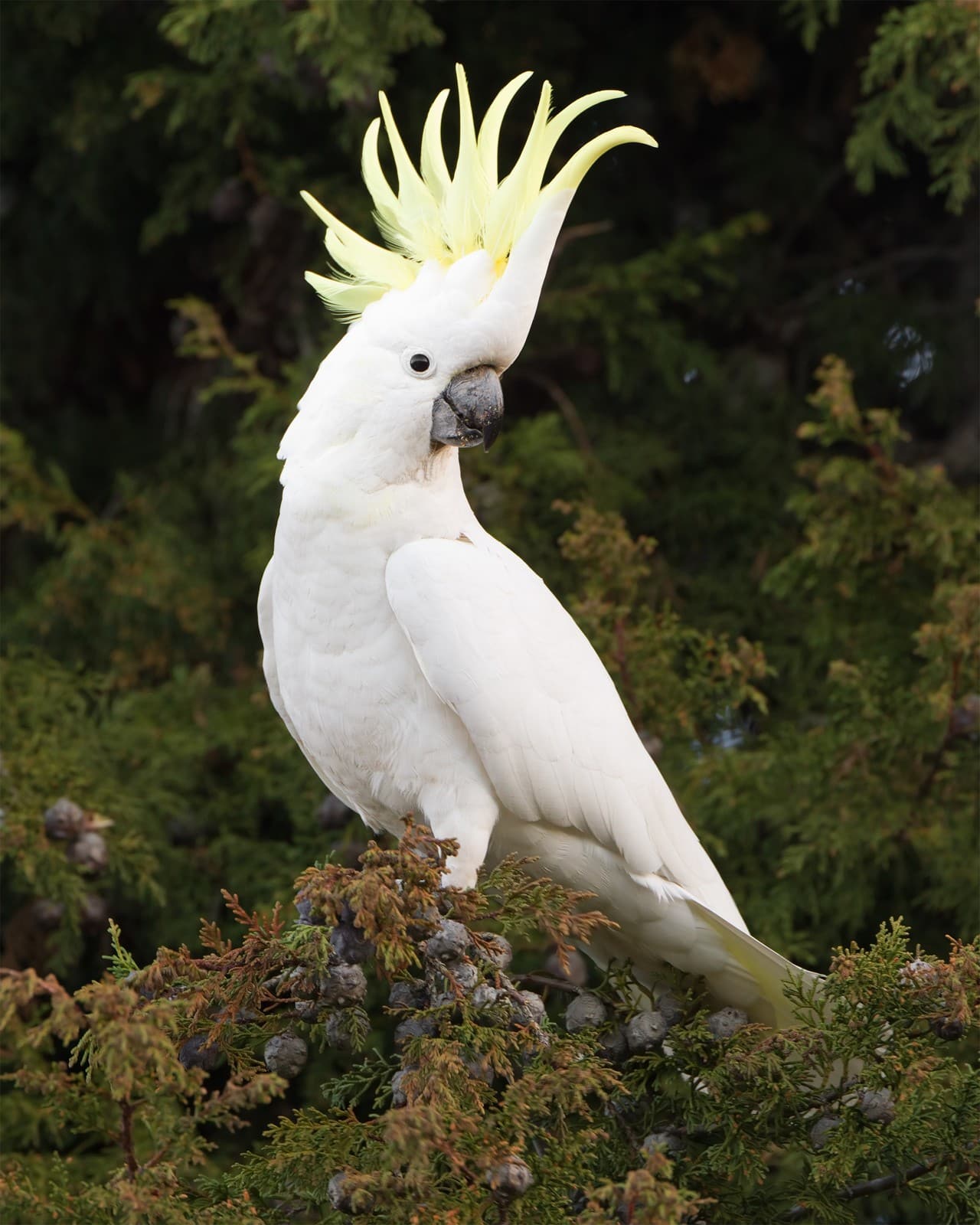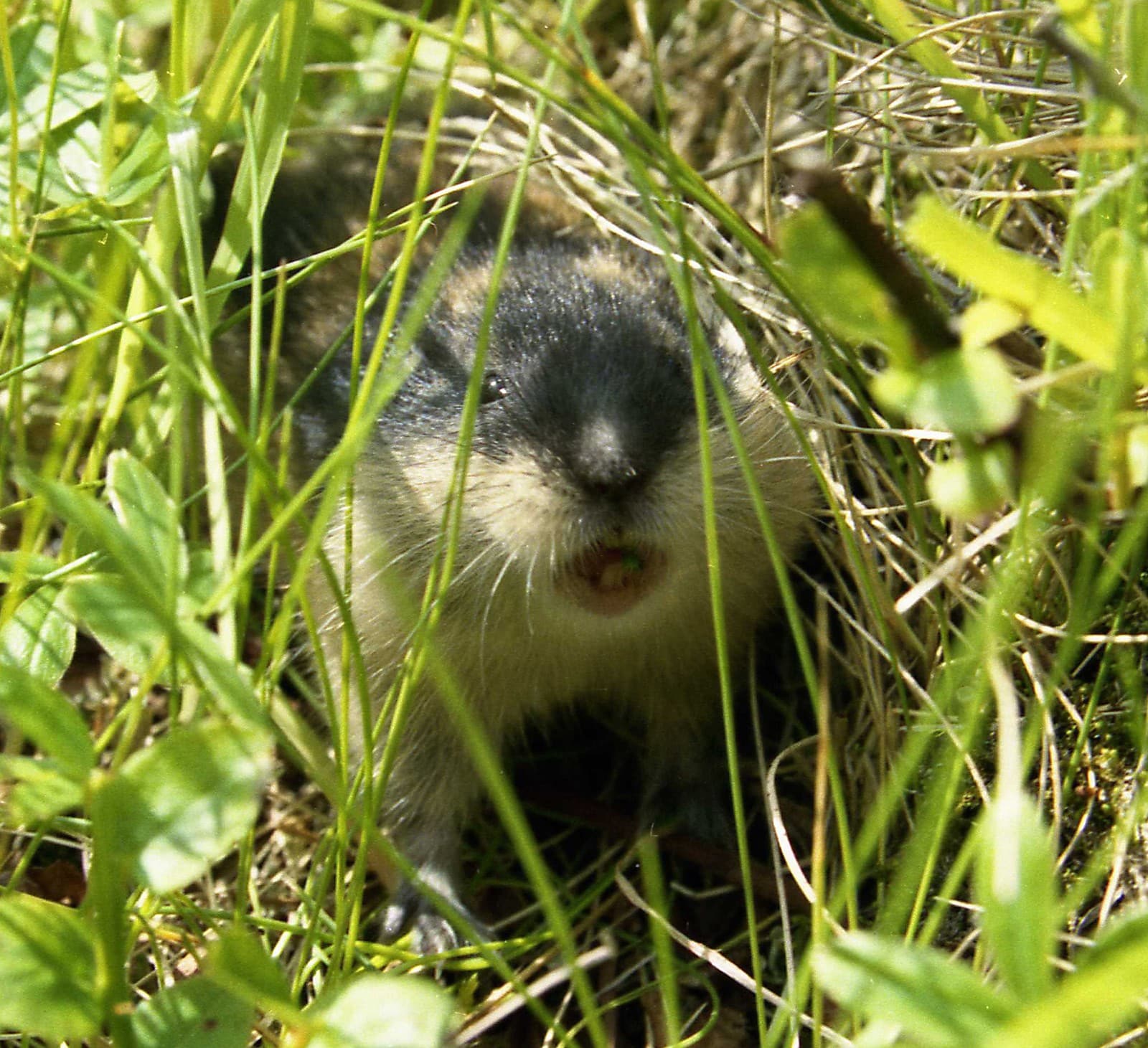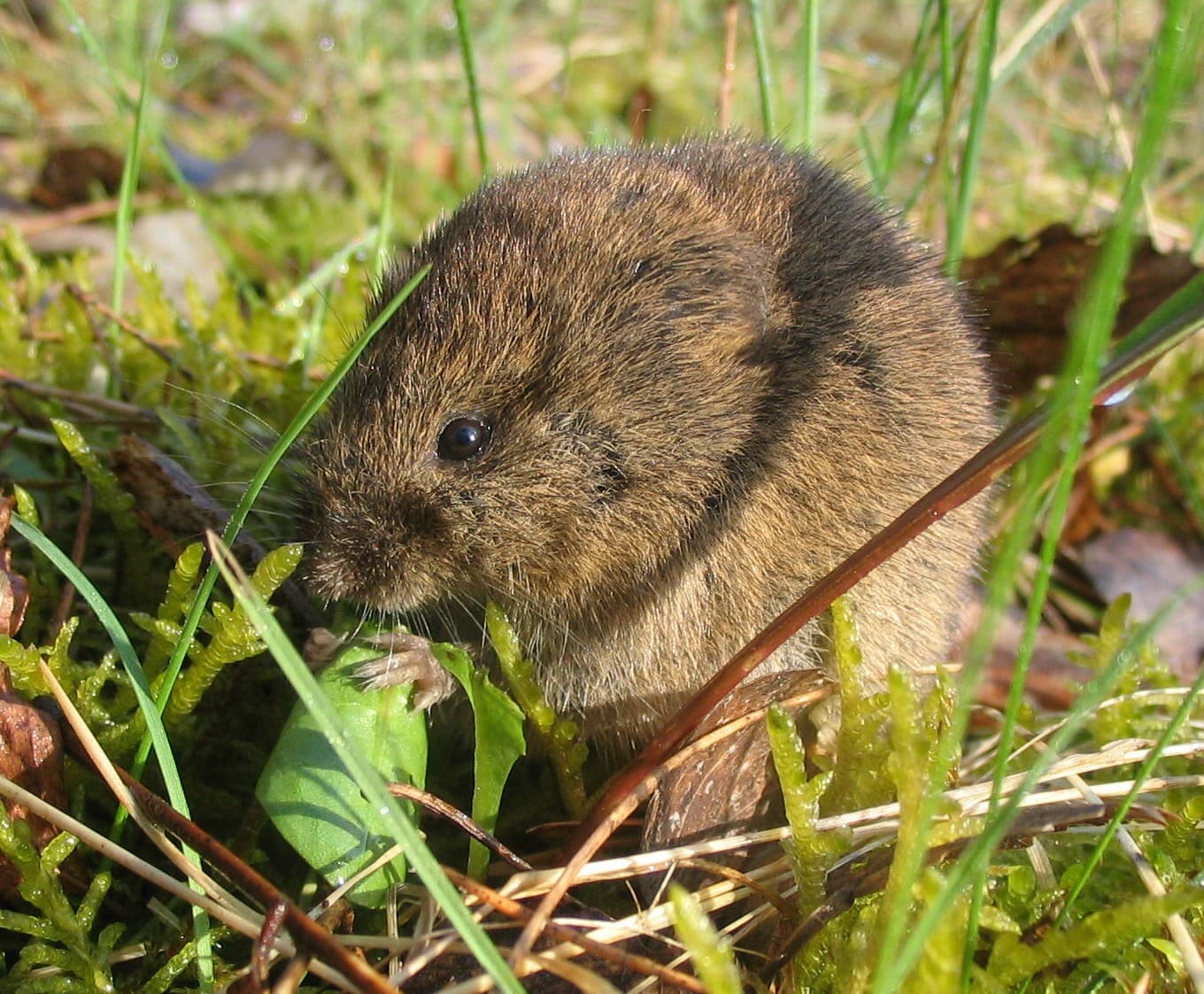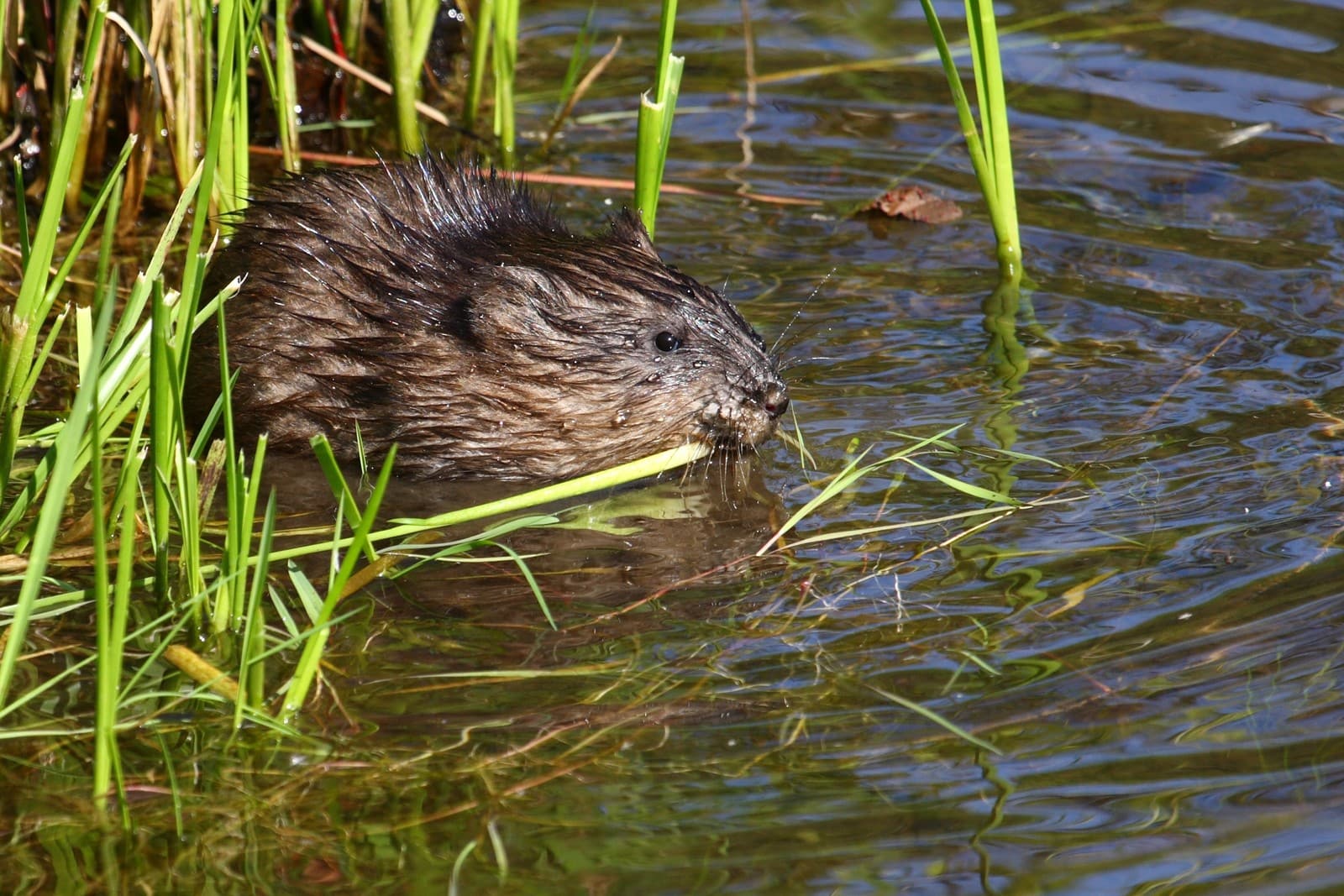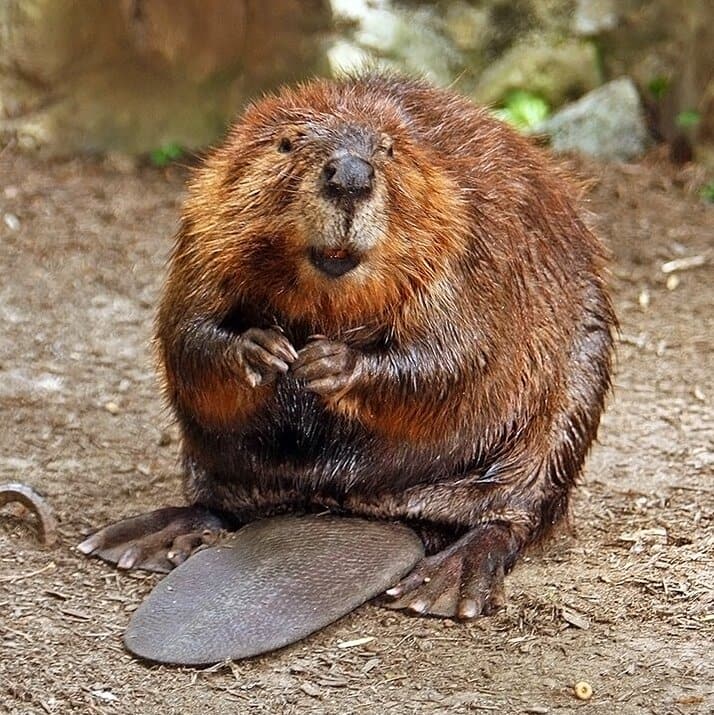Bullfrog vs Green Frog: A Complete Comparison
When comparing Bullfrog vs Green Frog species, size offers the most immediate distinction. American Bullfrogs (Rana catesbeiana) reign as North America’s largest native frogs, reaching lengths of 8 inches (20.3 cm), while Green Frogs (Rana clamitans) typically measure just 3-4 inches (7.6-10.2 cm). Beyond size, these amphibians differ significantly in their vocalizations, with bullfrogs producing deep “jug-o-rum” calls compared to the Green Frog’s distinctive “plunk” sound resembling a loose banjo string.
For nature enthusiasts and pond owners, distinguishing between these common amphibians proves crucial for habitat management and species identification. While both frogs share similar coloring, several key features set them apart in appearance, behavior, and ecological impact.
Visual Identification
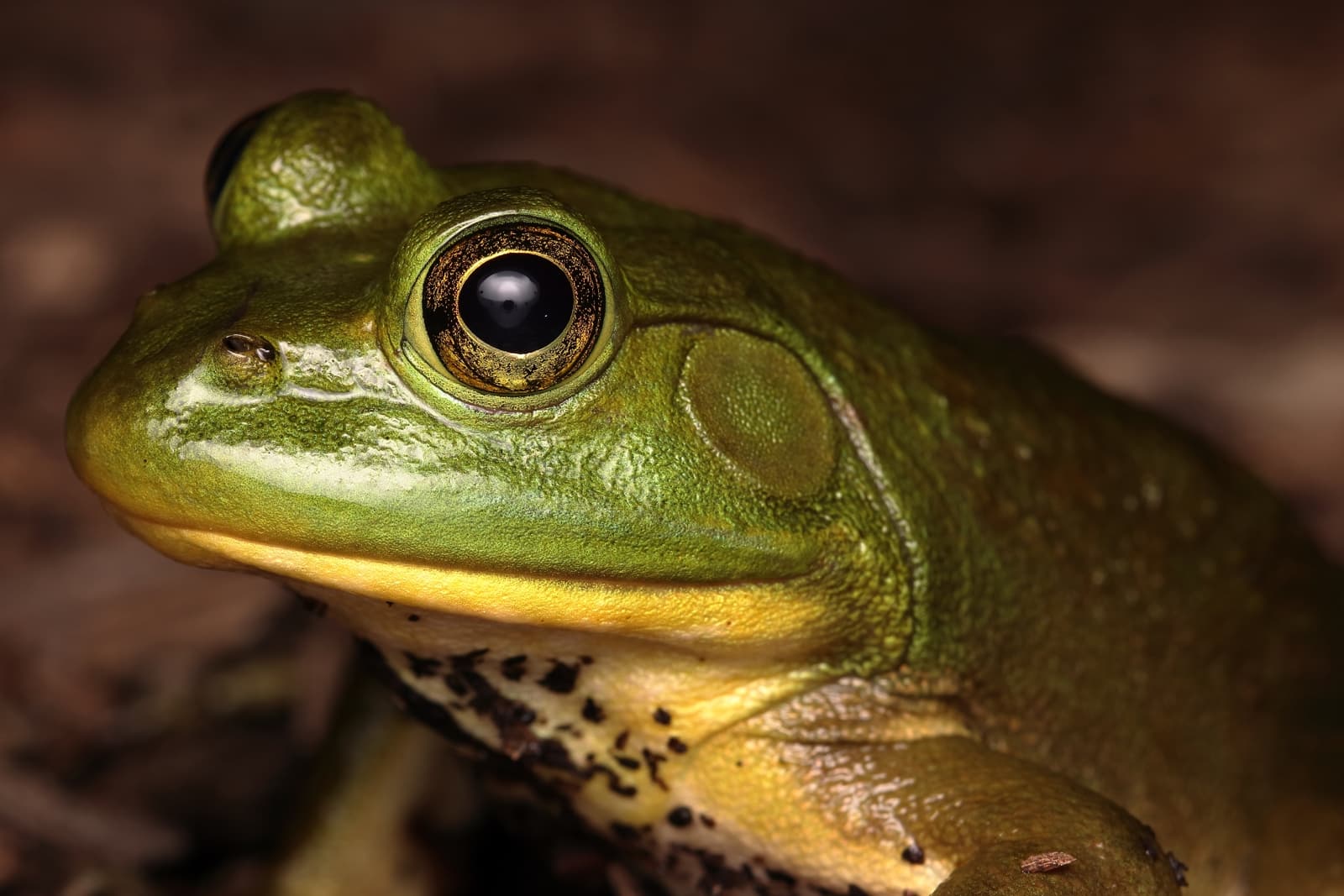
© Rstanton13 / CC BY-SA 4.0
The American Bullfrog displays massive proportions and a distinctively broad head. Note the absence of dorsolateral ridges, a key identifying feature that separates it from its Green Frog cousin.
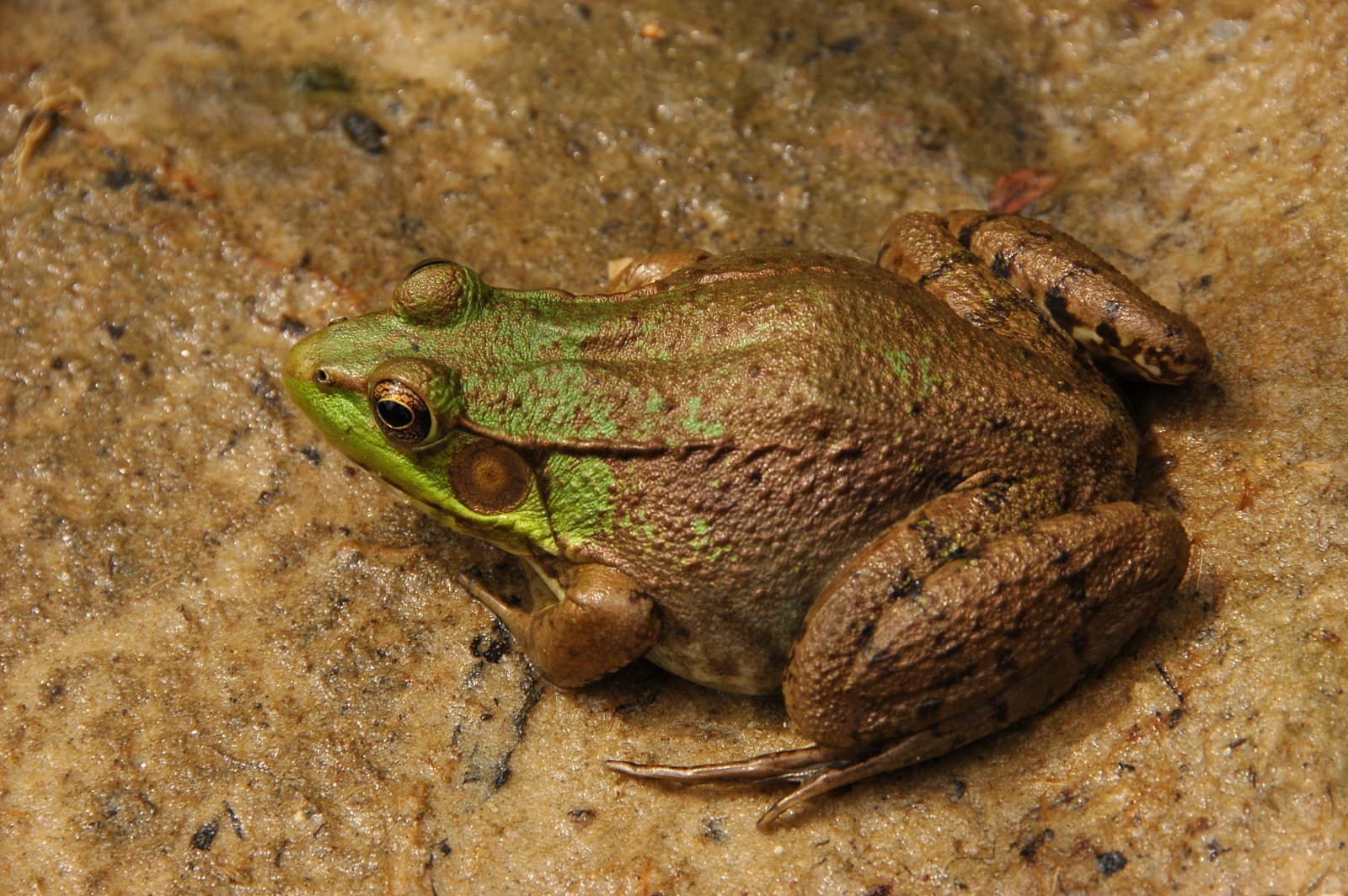
© Photo by and (c)2007 Derek Ramsey (Ram-Man) / GFDL 1.2
The Green Frog exhibits prominent dorsolateral ridges running down each side of its back, along with a more streamlined head shape and generally smaller size compared to the Bullfrog.
Key Differences: Bullfrog vs Green Frog
| Feature | Bullfrog | Green Frog |
|---|---|---|
| Size | 6-8 inches (15-20.3 cm) | 3-4 inches (7.6-10.2 cm) |
| Dorsolateral Ridges | Absent | Present, extending full length |
| Call | Deep “jug-o-rum” | Banjo-like “plunk” |
| Tympanum Size | Larger than eye in males | Equal to eye size |
| Habitat Preference | Permanent water bodies | Both permanent and temporary waters |
| Diet Range | Highly varied, including small vertebrates | Primarily insects and small invertebrates |
Habitat and Behavior
Bullfrogs demonstrate more territorial behavior, actively defending prime spots in permanent water bodies. These amphibians rarely venture far from water, preferring deep ponds and lakes with abundant vegetation. Green Frogs show more flexibility, thriving in both permanent and seasonal wetlands, including smaller ponds and streams.
Ecological Impact
While both species play vital roles in their ecosystems, Bullfrogs often raise conservation concerns due to their voracious appetite and potential impact on native species when introduced outside their natural range. Green Frogs typically maintain a more balanced ecological presence, focusing primarily on insect control.
Breeding and Life Cycle
Breeding seasons differ slightly between these species:
- Bullfrogs: Late spring to early summer
- Green Frogs: Mid-spring through summer
- Bullfrog tadpoles require 1-2 years to metamorphose
- Green Frog tadpoles transform within 3-4 months
Conservation Status and Human Interaction
Both species maintain stable populations throughout their native ranges, though Bullfrogs face scrutiny as invasive species in many regions worldwide. Green Frogs generally coexist more harmoniously with human development, adapting well to constructed wetlands and backyard ponds.
Who Would Win in a Confrontation?
In direct interactions, Bullfrogs typically dominate due to their superior size and strength. Adult Bullfrogs may even prey upon juvenile Green Frogs, showcasing the significant size disparity between these species. However, Green Frogs compensate through greater agility and their ability to thrive in diverse habitat types.
Understanding these distinctions helps ensure proper species identification and management, particularly important for wetland conservation efforts and backyard pond maintenance. While both frogs play essential roles in their ecosystems, their different characteristics make each species uniquely adapted to its ecological niche.
